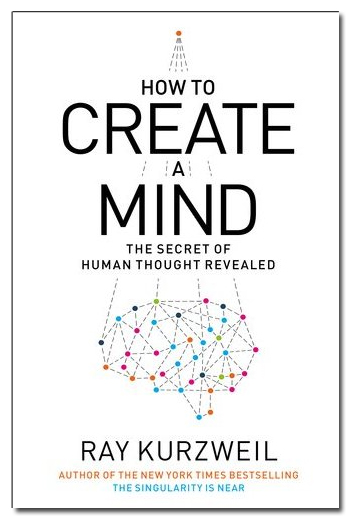The New York Times | Science chronicle Last Ape Standing by Chip Walter, and more: How to Create a Mind by Ray Kurzweil
May 3, 2013
The New York Times — May 3, 2013 | Christine Kenneally
This is a summary. Read original article in full here.
The New York Times Sunday Book Review | How to Create a Mind by Ray Kurzweil
Kurzweil, author of The Singularity Is Near: When Humans Transcend Biology, may be best known as a polymath inventor and futurist, but he’s really a cyborg sent back from the year 2029 to save humanity from the nature-nurture debate.
His mission is not to provide a final score (nature 20 percent, nurture 80 percent!) but to reframe the dispute and the ancient anxieties that feed into it: What is the essence of identity? How do we slip the noose of determinism? Is our free will really free, and if it is free, is it really ours?
These questions shift when you factor in technology and understand that the human future will be shaped by nature-nurture-manufacture.
Kurzweil examines the human brain and makes a case for its artificial enhancement, if not total replacement. Apparently, the trick to reverse-engineering a brain is wrestling with “many billions of cells and trillions of connections” in order to extract the simple operating principles. He discusses how evolution expanded the human neocortex, and its current constraints.
 We can’t squeeze much more neocortex into our skulls, but we can augment our frontal lobes with technology.
We can’t squeeze much more neocortex into our skulls, but we can augment our frontal lobes with technology.
He walks readers through breathtaking experiments, like an artificial replacement for a rat hippocampus, and he proposes a few tweaks to the classic brain design, like a digital module to root out and resolve cognitive dissonance.
Kurzweil’s vision of our super-enhanced future is completely sane and calmly reasoned, and his book should nicely smooth the path for the earth’s robot overlords, who, it turns out, will be us. […]
How to Create a Mind: The Secret of Human Thought Revealed
By Ray Kurzweil
Viking, $27.95
